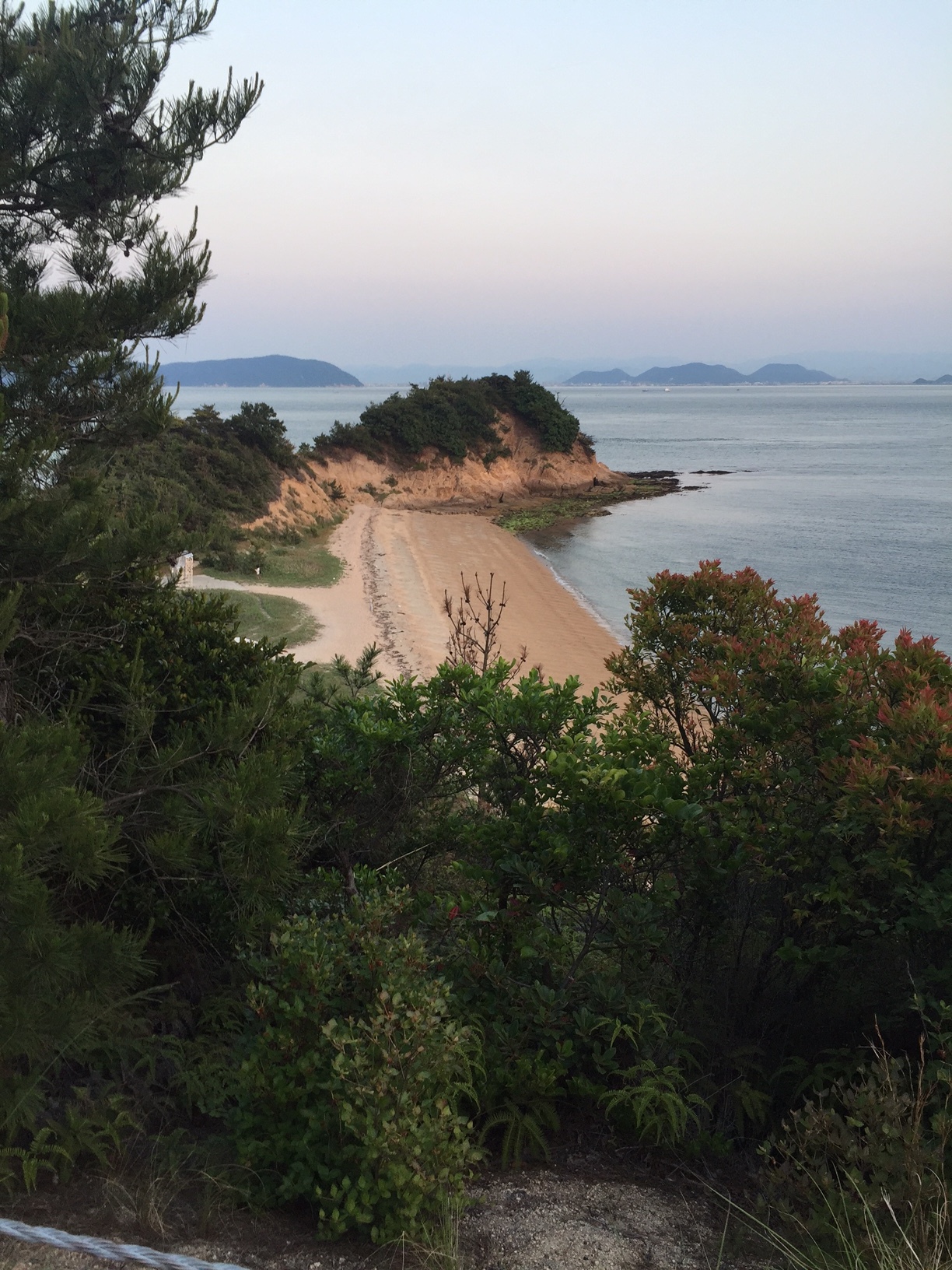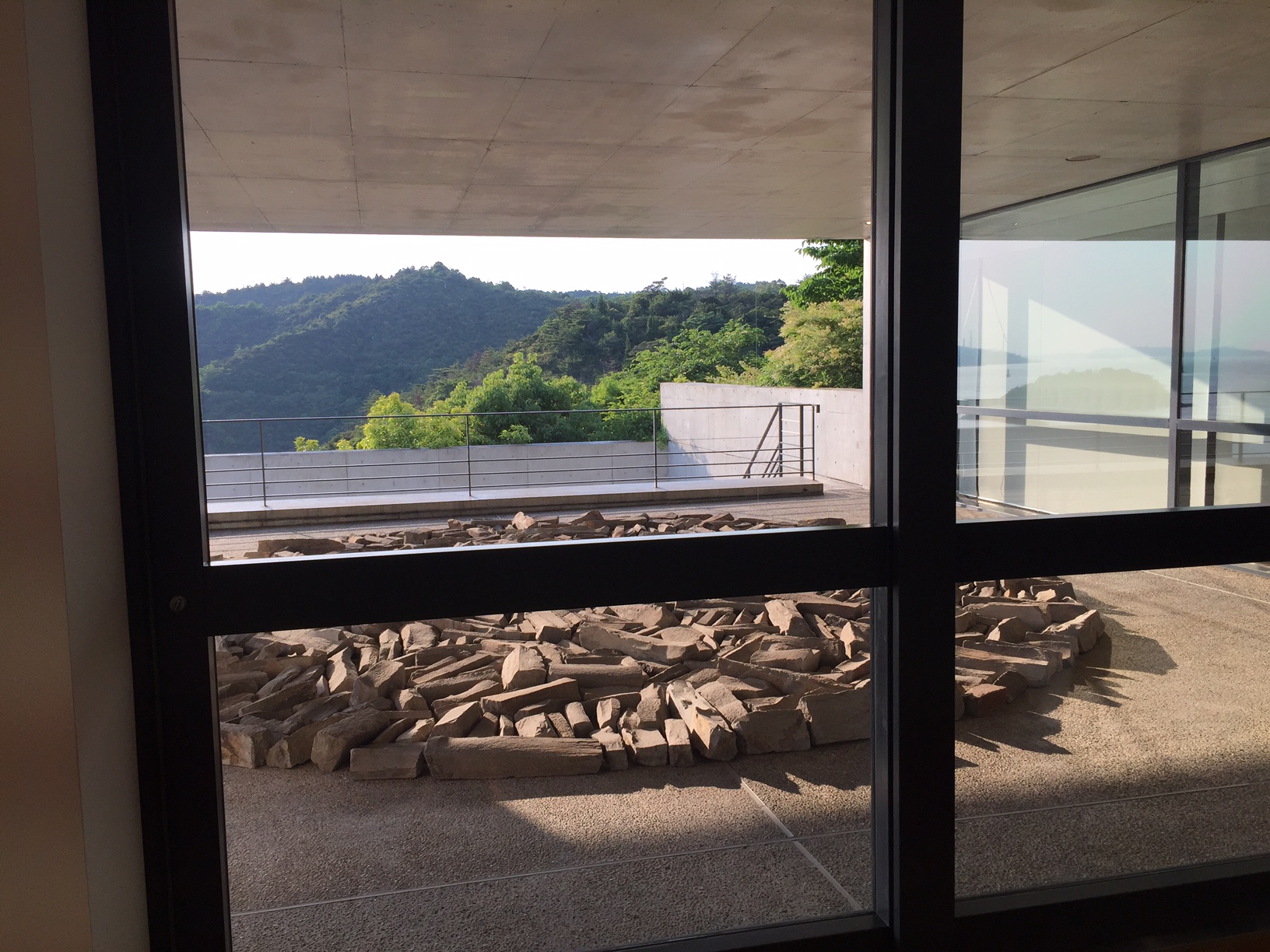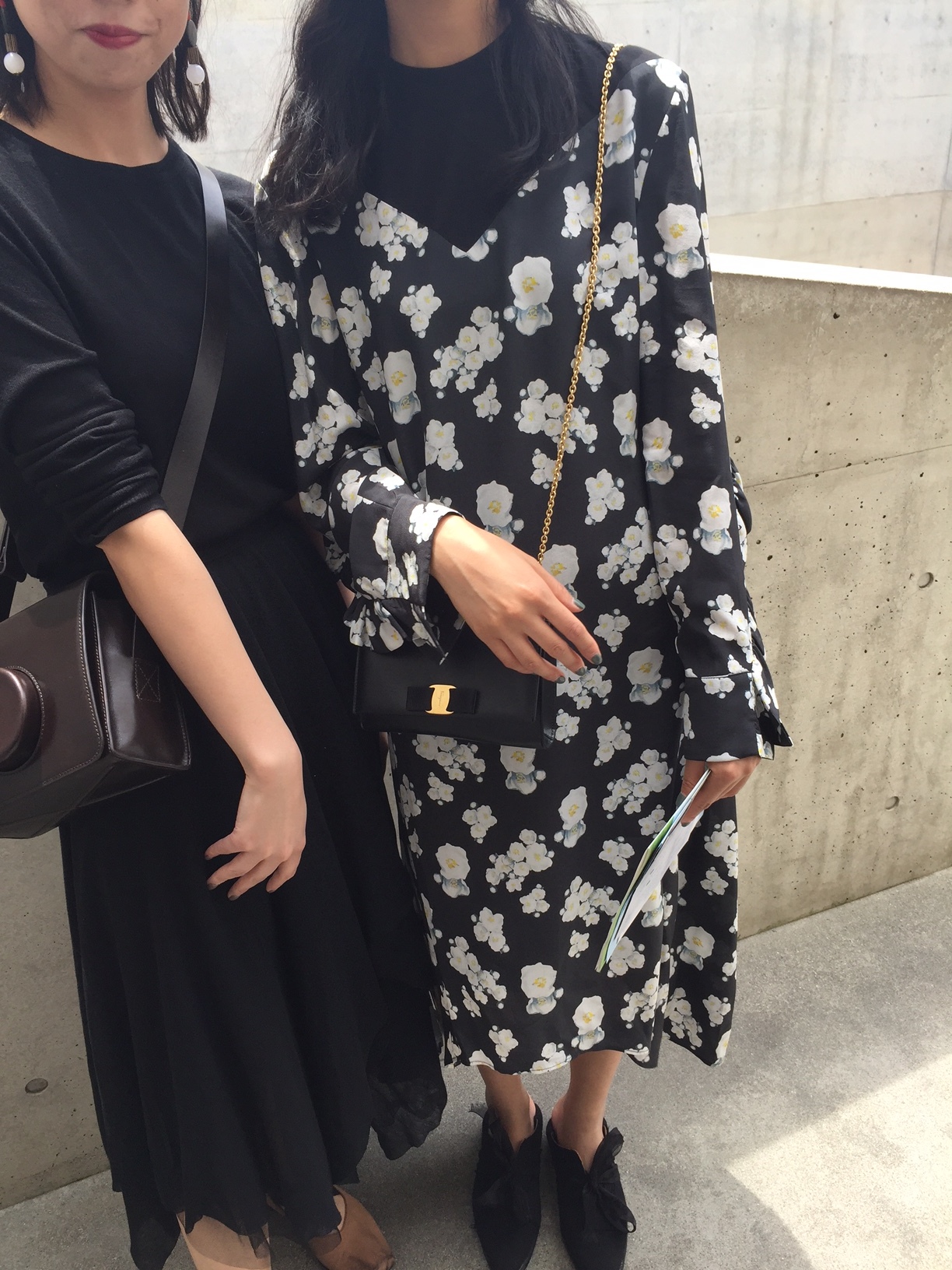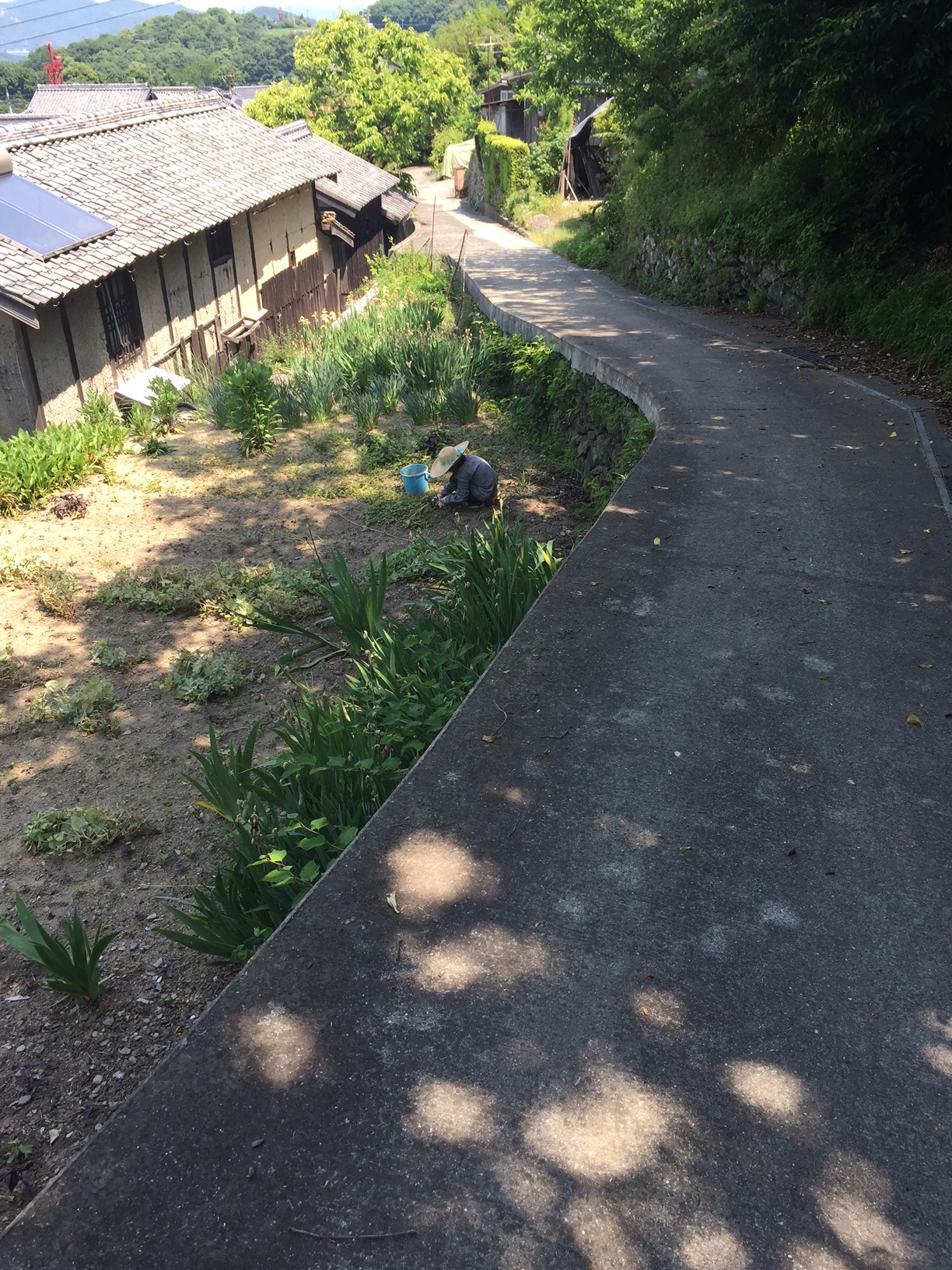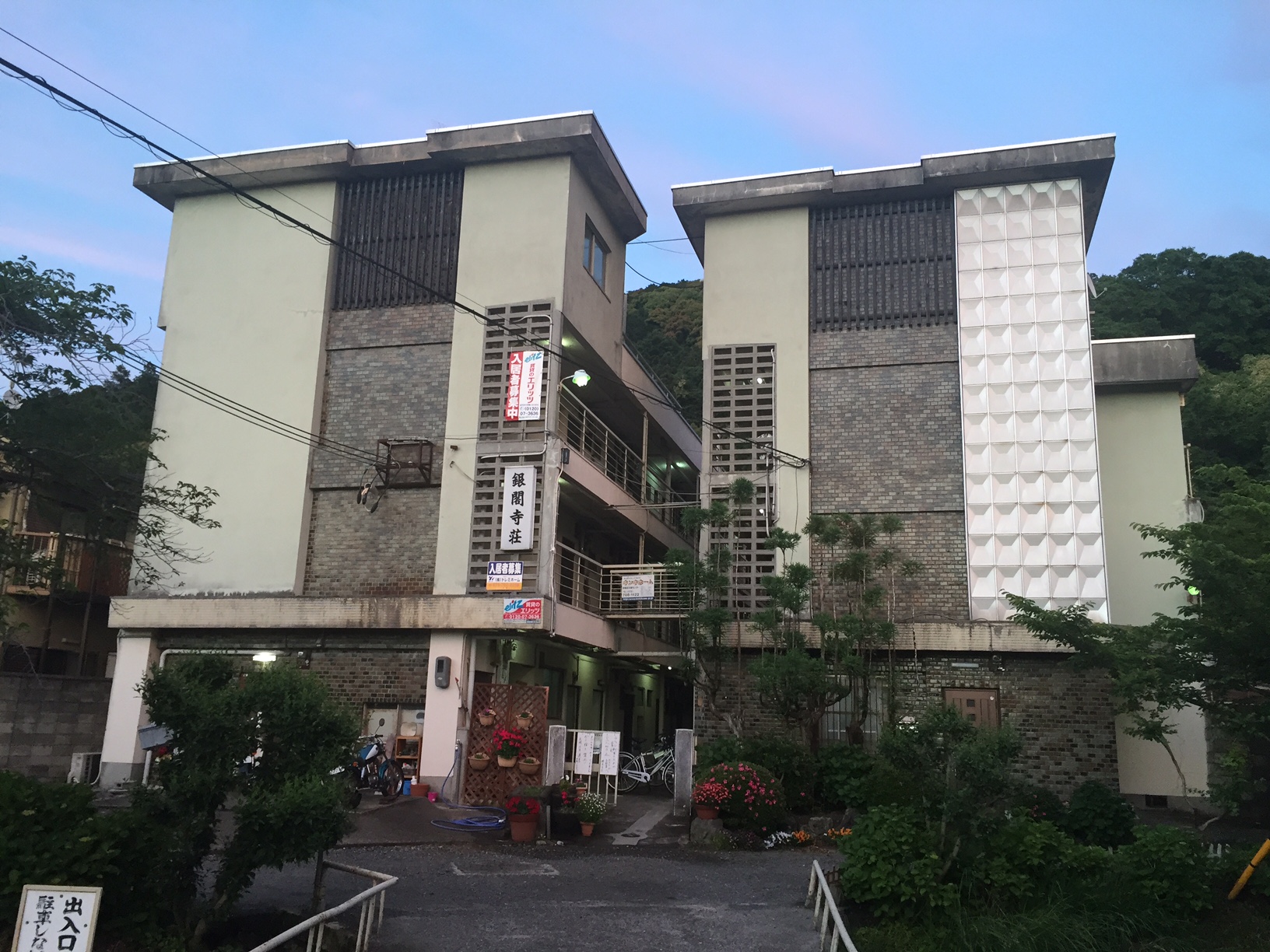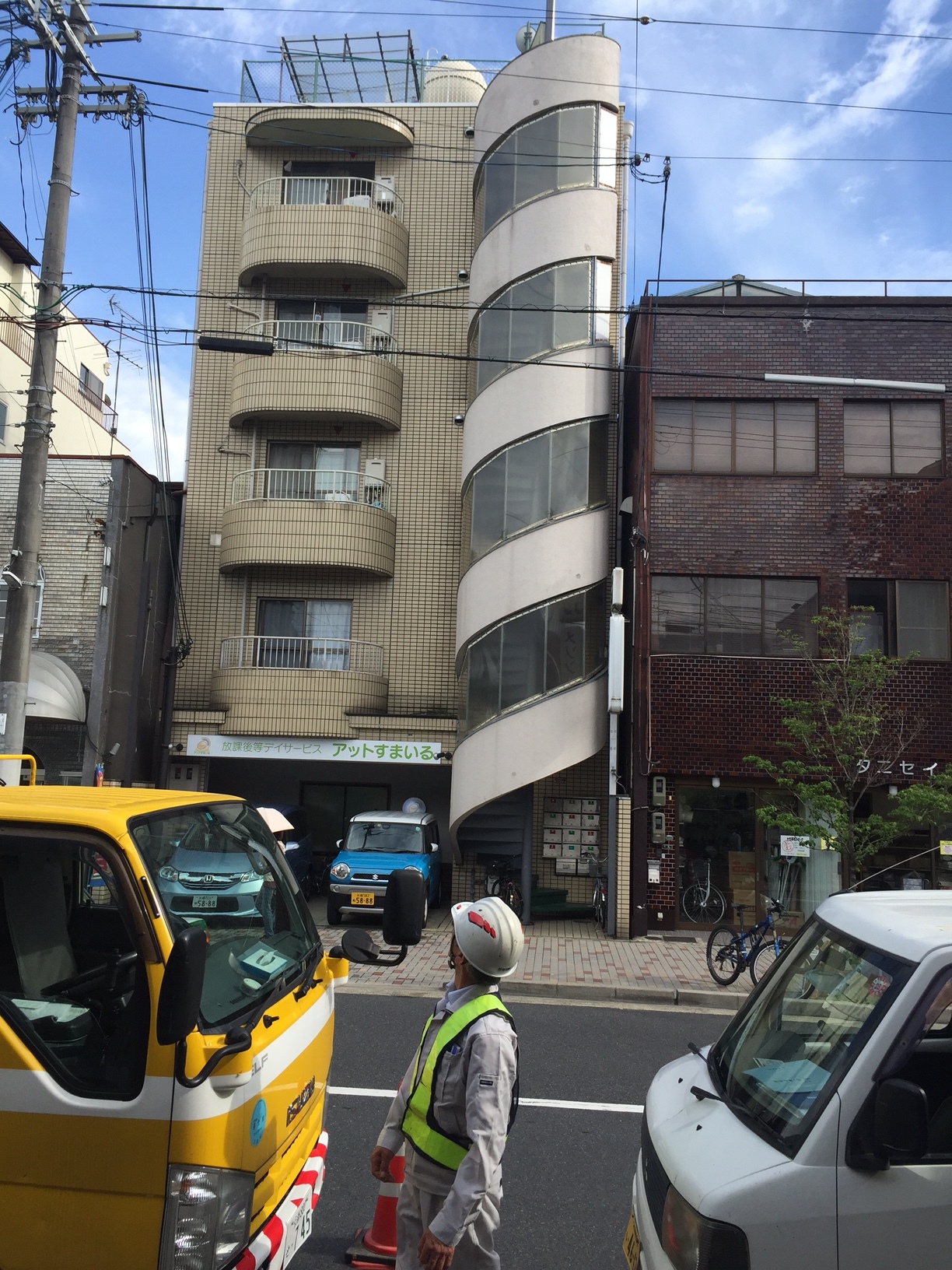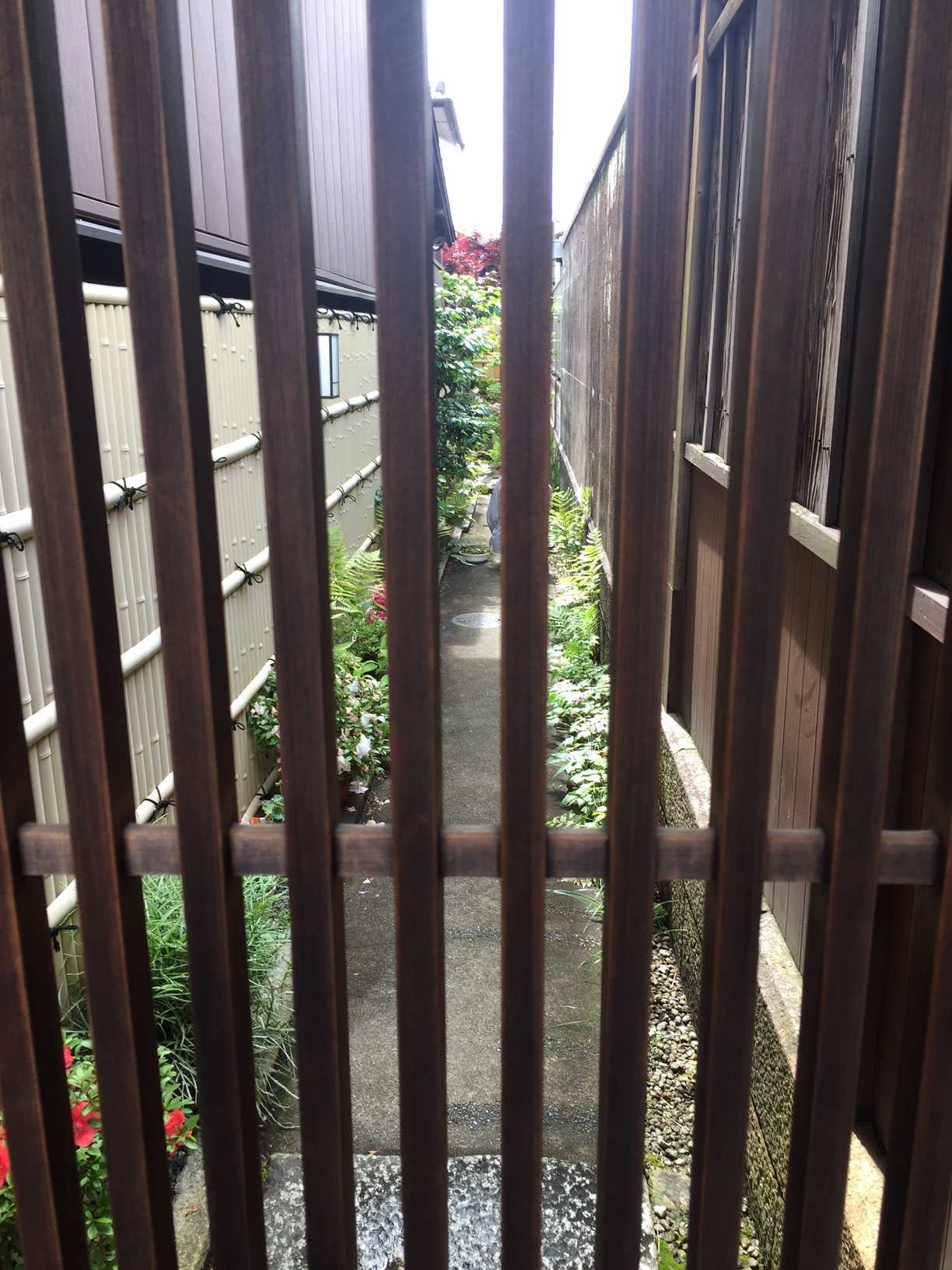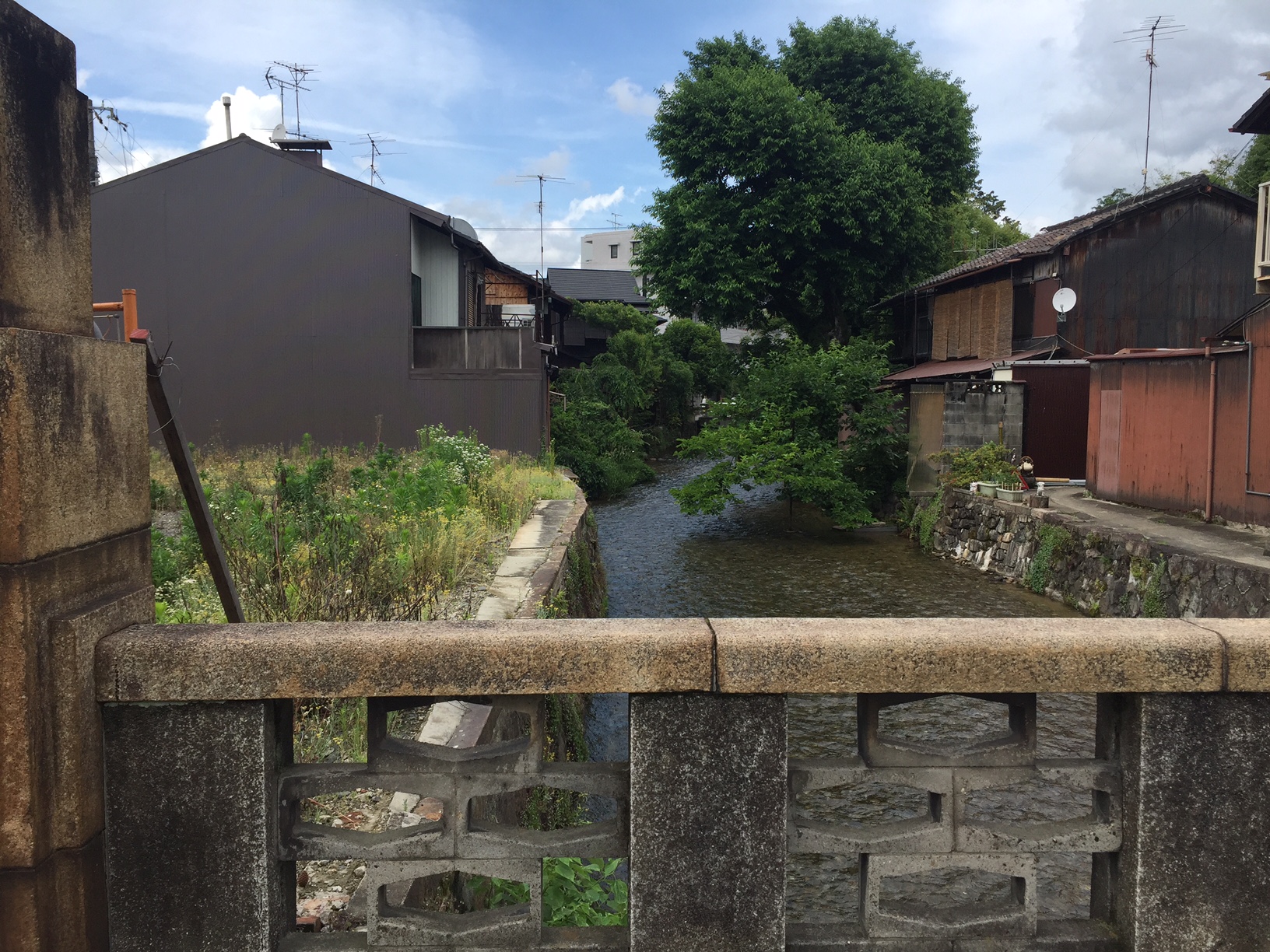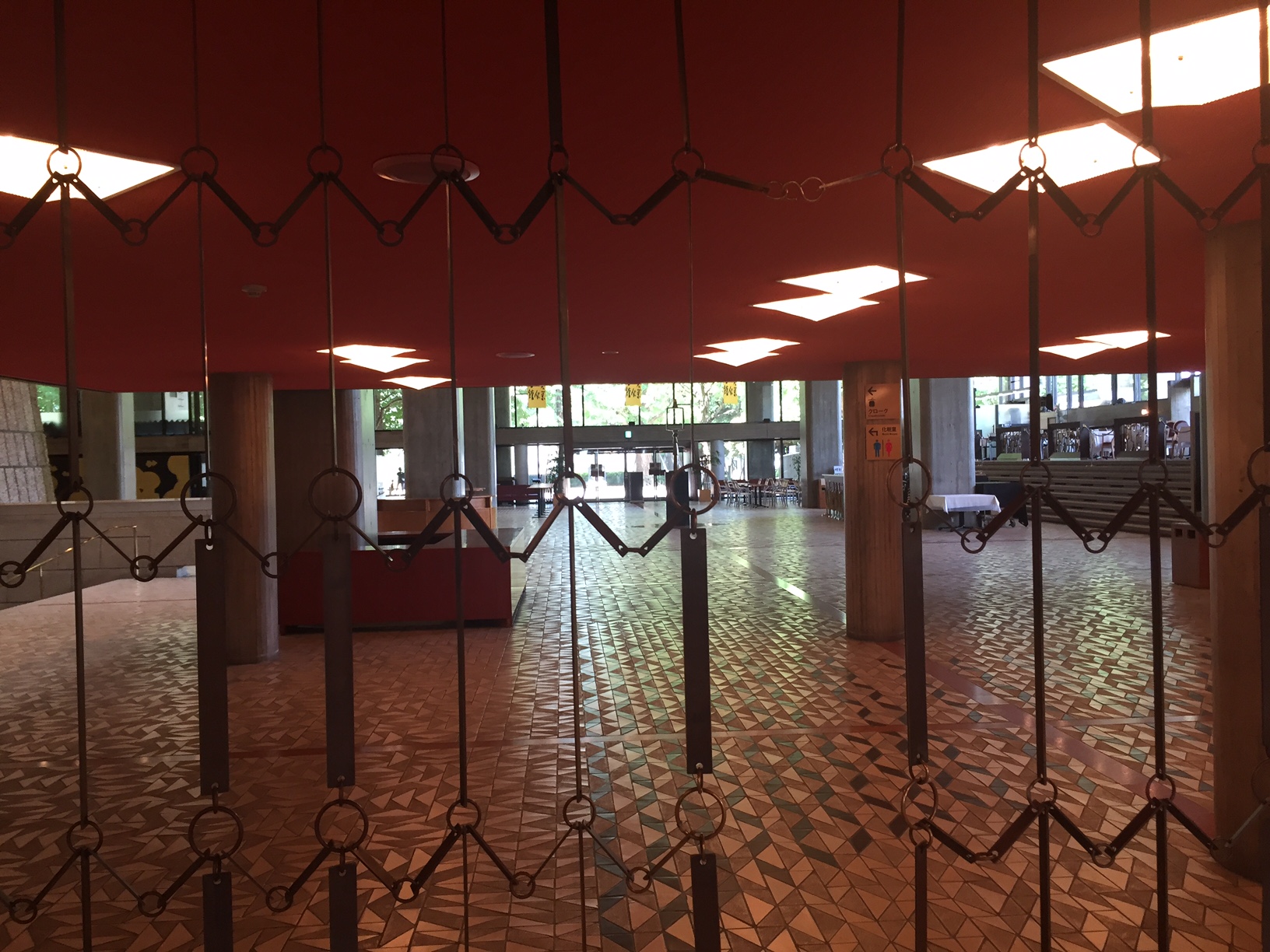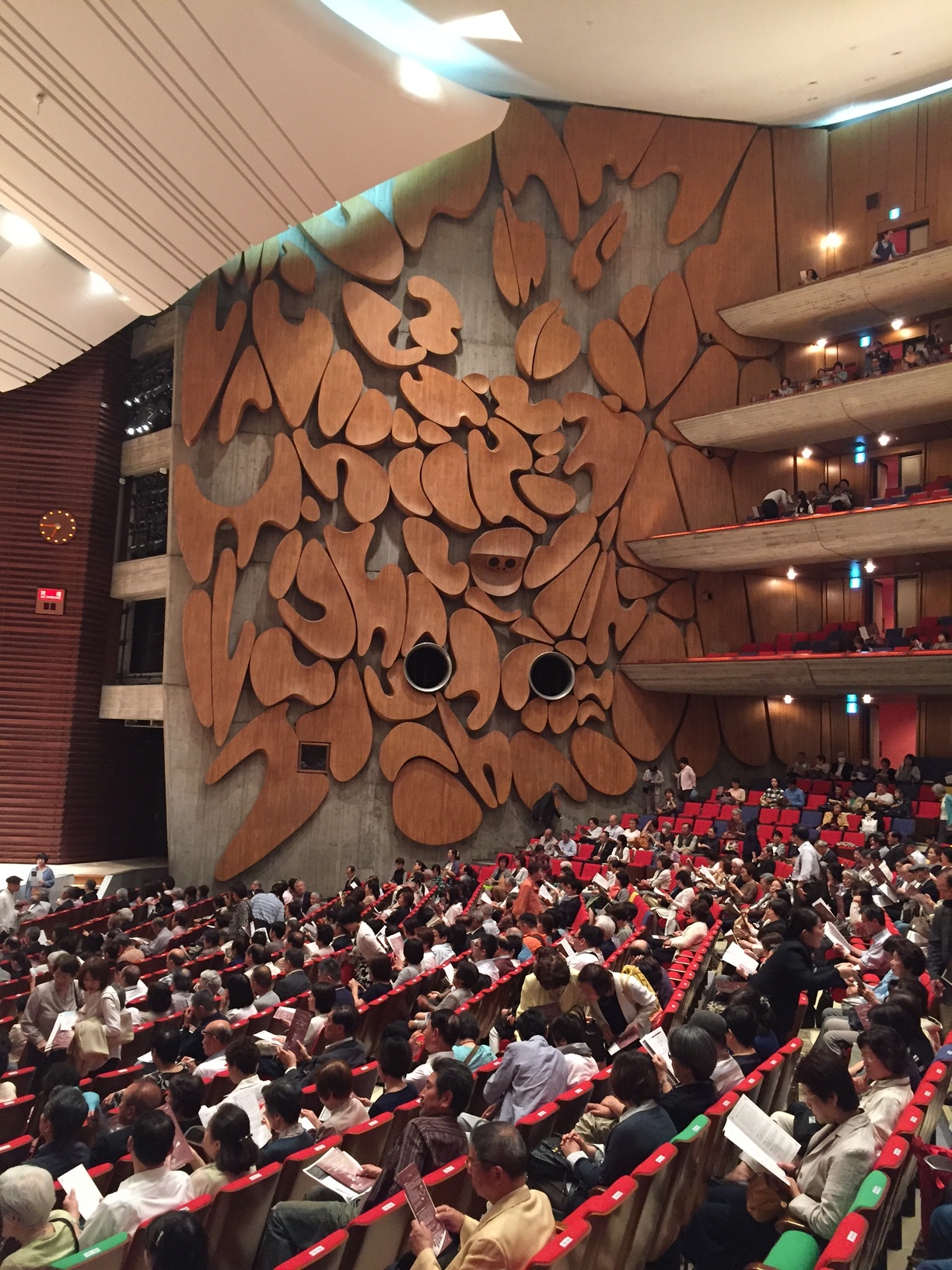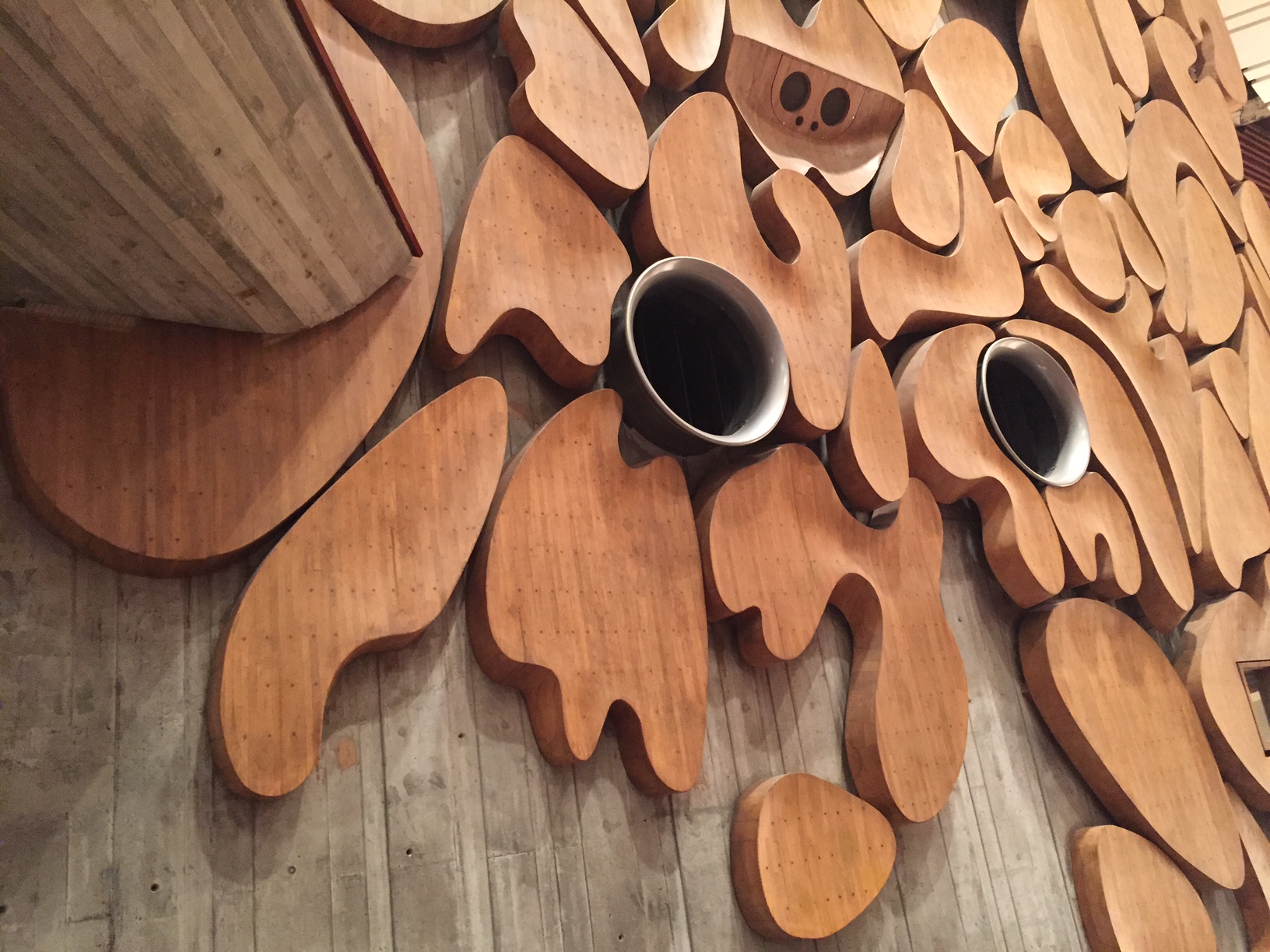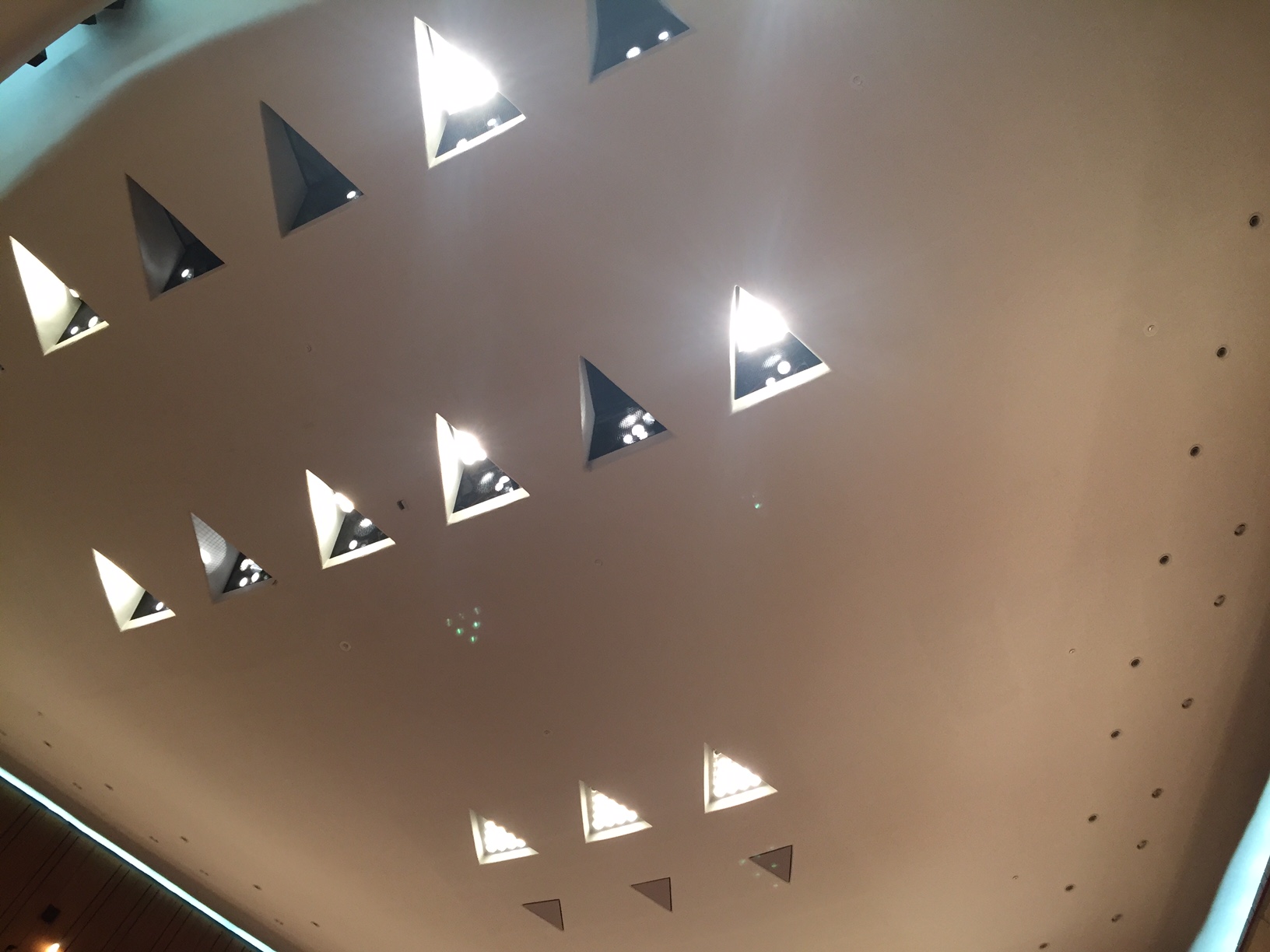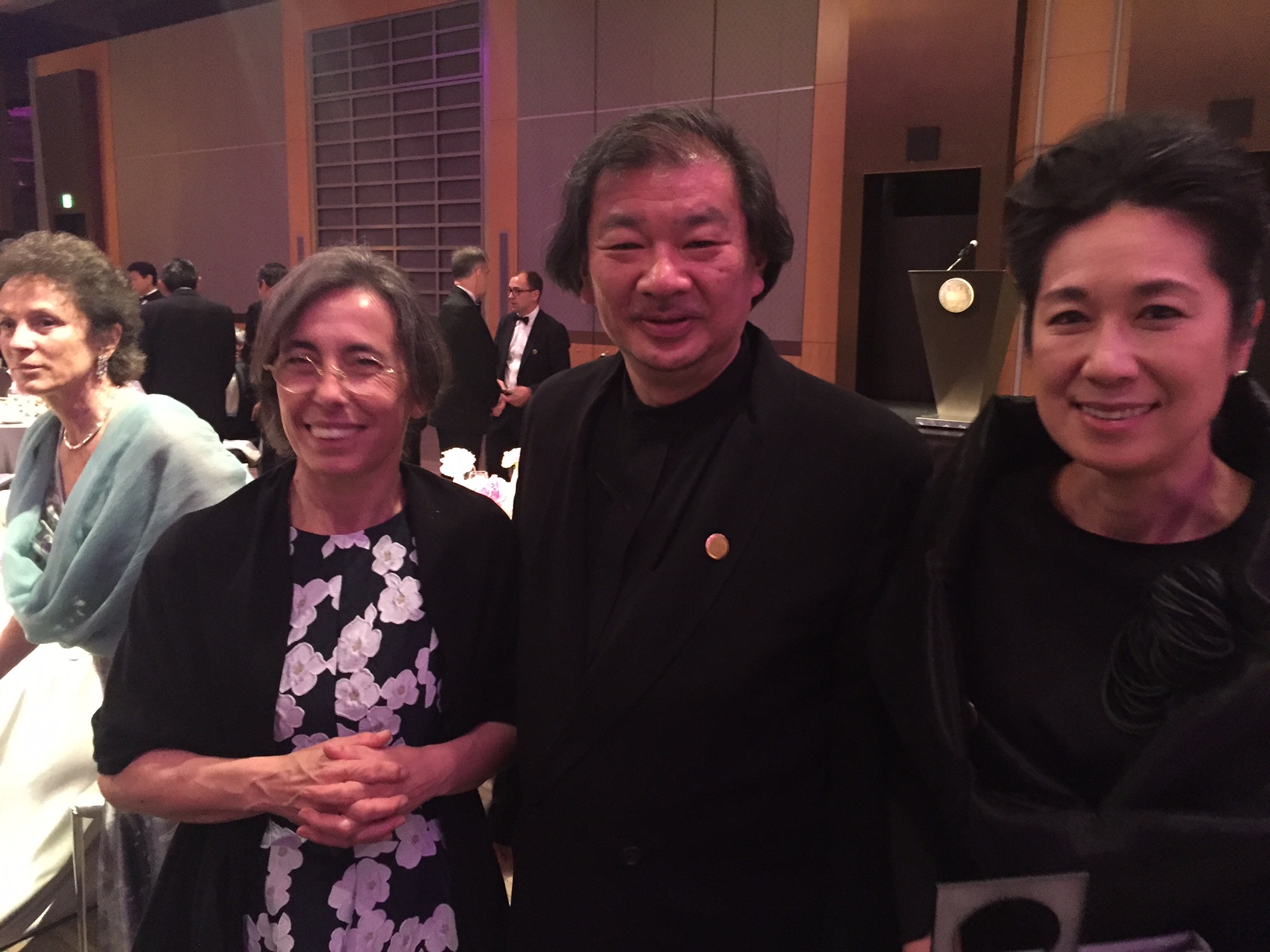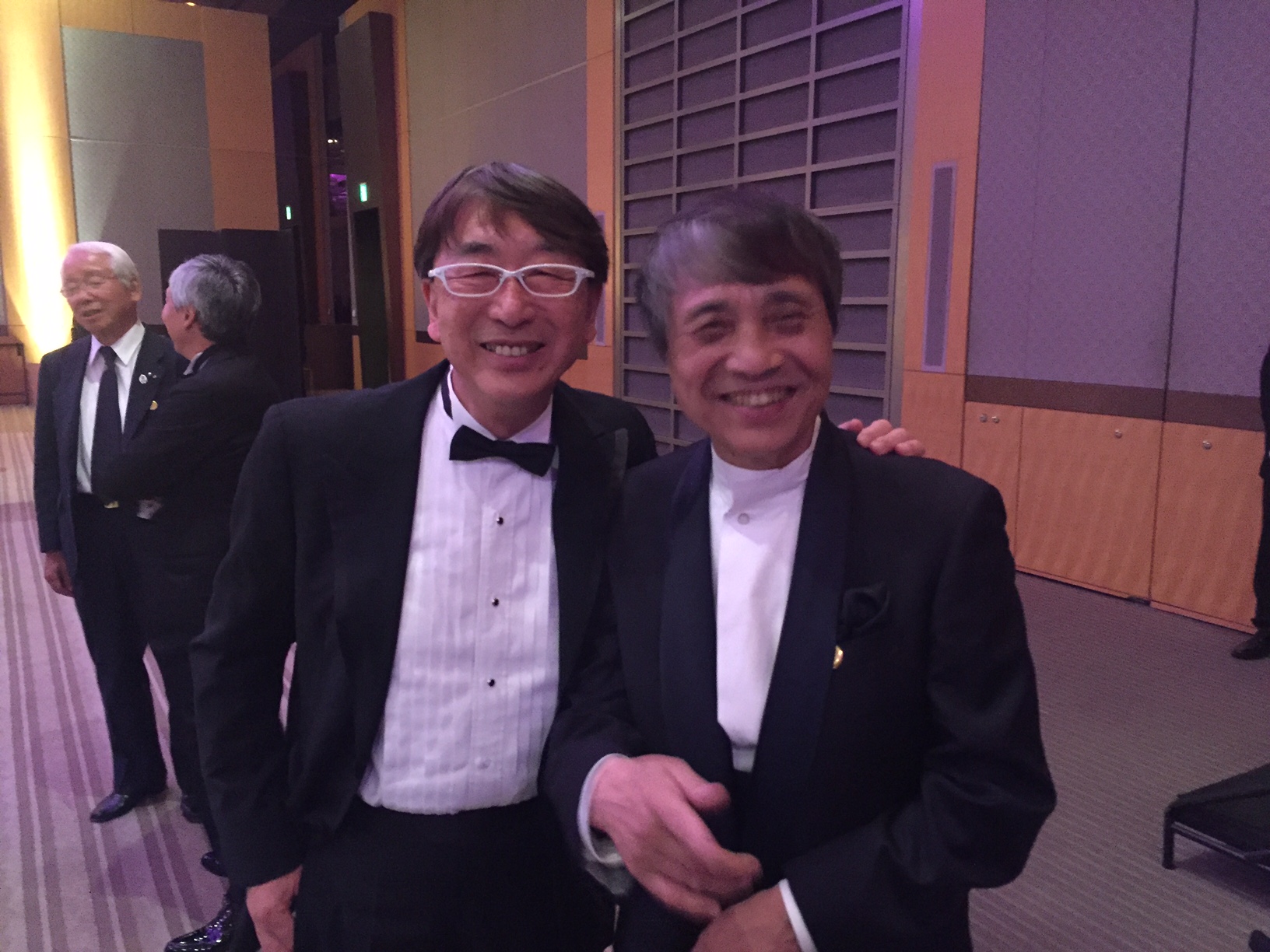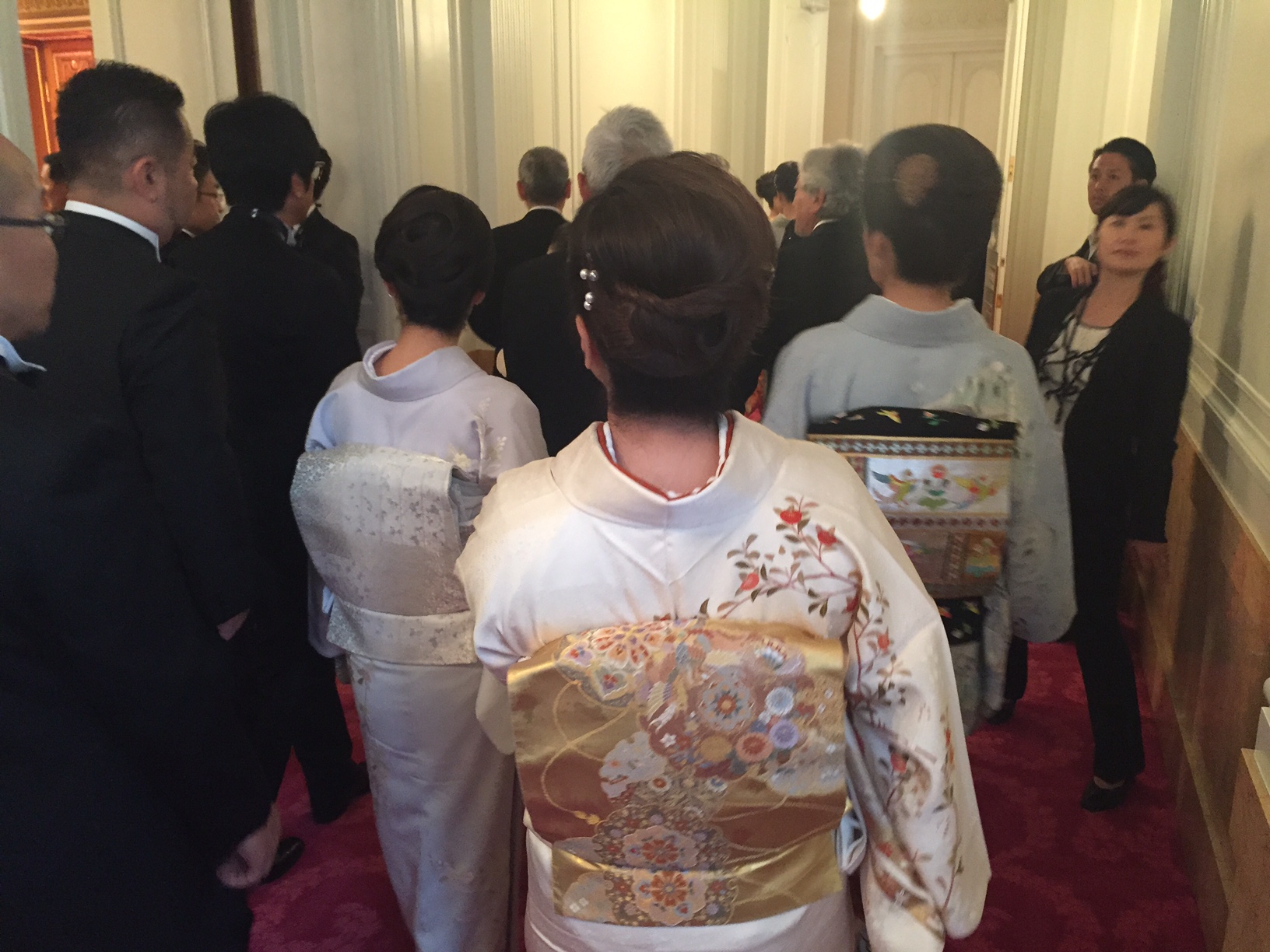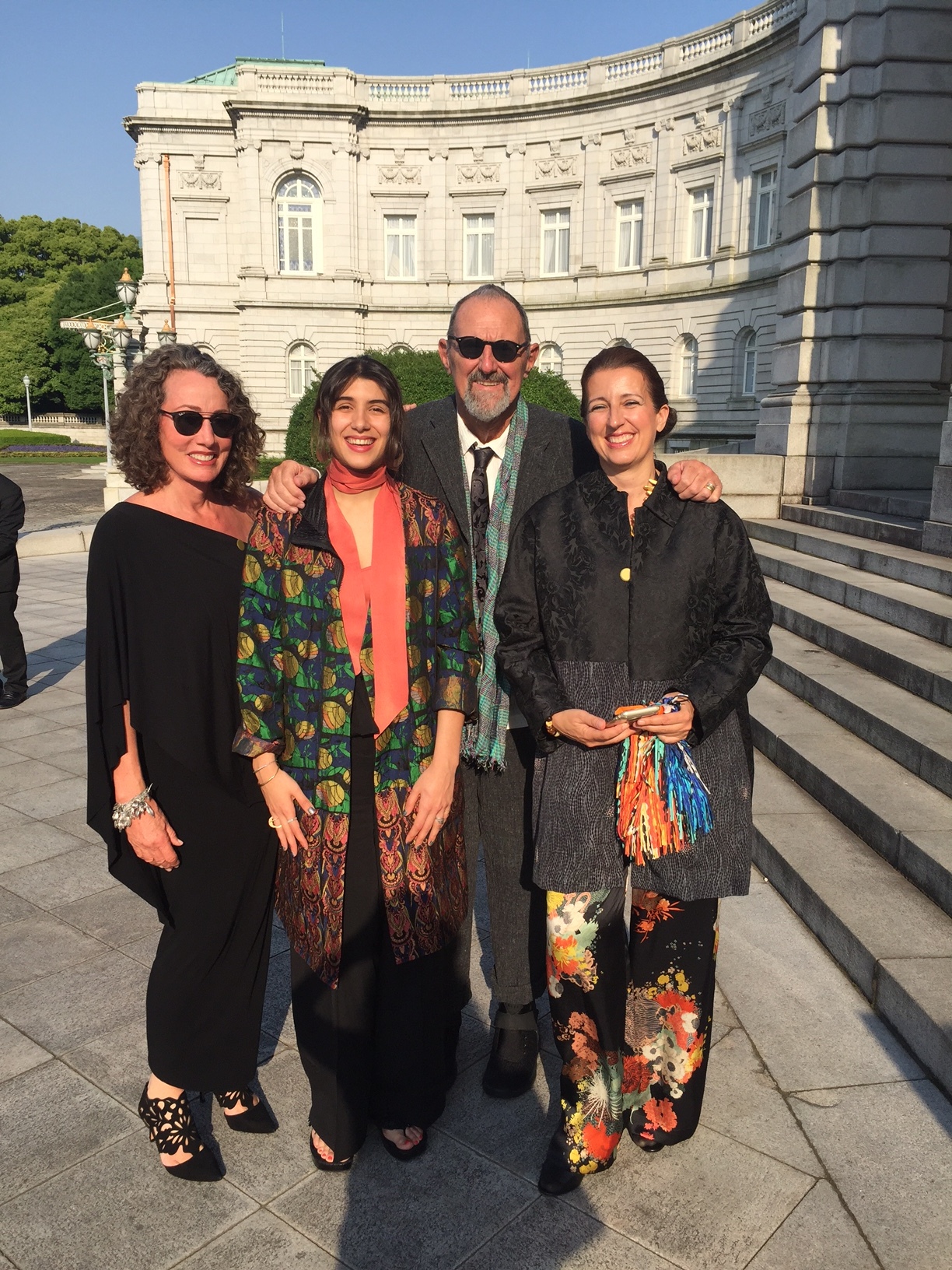The elegiac Alice Neel: Uptown show that newly-anointed Pulitzer Prize winner Hilton Als has curated at David Zwirner Gallery shows her to be a prescient, original talent. The infinitely more rambling but charming cinema verite film on her by Michel Auder was shown alongside. Neel, a white woman lived most of her life in Harlem. The show’s title was originally Colored People which was how African Americans were most often referred to in those days, preceeding Negro, Black, African American and post terms this writer is too politically correct to list. There are people of other races in the show as well, but as the catalogue states, “for Neel herself, everyone was equal in all their idiosyncrasies and racial differences. Everyone was a member of her club."
In addition to her subject matter, her style is over the top gorgeous. It’s outlining but not paint by numbers, the character of each sitter reflected both in its application of paint and choice of rock-me-baby color. Even a Harlem building has a sensuousness and flow. Neel apparently kept her sitters for a long time, like Lucien Freud, but for her arm’s length meant something different. The film shows how she interacted with them, even taking one famous cellist along with her on an inspection of the plumbing when the building inspector came to call in response to a complaint.
Mostly though, you sense the trust each sitter had that Neel would bring out their essence: the proud, the fierce, the innocent. The show is only open until April 22.

